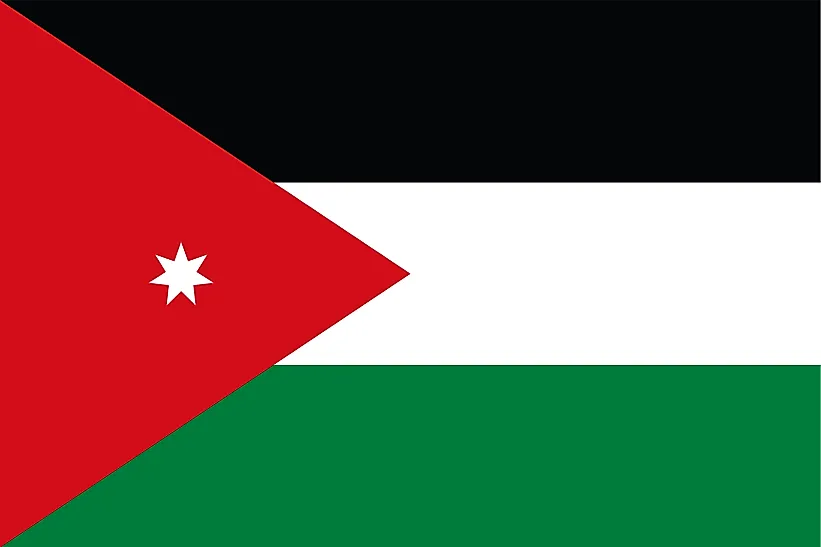
Jordan
| Continent | Asia |
| Capital | Amman |
| Population | 8,185,384 |
| GDP | $86.19 Billion |
| GDP per Capita | $11,100 |
| Dialing Code | +962 |
| ISO Code (2-letter) | JO |
| ISO Code (3-letter) | JOR |
Jordan Landscapes






About Jordan
Welcome to Jordan, a nation where ancient history meets modern hospitality. With approximately 10.2 million people occupying 89,342 square kilometers, Jordan combines remarkable archaeological heritage with diverse landscapes, standing as a bridge between the ancient and modern Middle East.
Geographic Features and Natural Beauty
Jordan’s geography encompasses extraordinary diversity, from the Jordan Valley, the world’s lowest point on Earth at the Dead Sea, to the eastern desert plateau. The country features dramatic landscapes including the red sands of Wadi Rum and the mountainous regions of the north.
The landscape includes the Jordan River Valley, the Dead Sea at 420 meters below sea level, and vast desert regions featuring distinctive rock formations. The country’s varied topography creates multiple climate zones, from Mediterranean in the west to desert in the east.
Protected areas include the Dana Biosphere Reserve, Jordan’s largest nature reserve, and the Mujib Biosphere Reserve, the lowest nature reserve on Earth. The country’s geographical diversity supports unique ecosystems adapted to extreme conditions.
Cultural Heritage and Traditions
Jordanian culture represents a blend of ancient civilizations and Bedouin traditions. The country’s heritage includes remarkable archaeological sites like Petra, one of the New Seven Wonders of the World, and numerous Roman, Nabataean, and Islamic monuments.
Traditional arts include distinctive Bedouin weaving, pottery, and jewelry making. Music and dance traditions, particularly the dabke folk dance, express cultural identity and community bonds, while traditional handicrafts preserve ancient skills.
Jordanian cuisine features traditional Middle Eastern dishes with local variations, including mansaf, the national dish. The country’s tradition of hospitality, deeply rooted in Bedouin culture, remains a defining characteristic of social life.
Historical Journey
Jordan’s history spans from ancient civilizations through various empires to its modern establishment in 1946. The country’s territory includes sites mentioned in the Bible, Roman cities, Crusader castles, and early Islamic monuments.
Significant periods include the Nabataean kingdom, Roman rule, Islamic caliphates, and the modern Hashemite monarchy. Jordan’s role as a moderate force in regional politics has shaped its development as a stable presence in the Middle East.
Modern Economic Landscape
Today’s Jordanian economy combines service sectors, tourism, and industrial development with growing technology initiatives. The country has become a regional center for medical tourism and education while developing its IT sector.
Recent initiatives focus on renewable energy, water conservation, and digital transformation. Jordan’s strategic location and educated workforce support its position as a regional business hub.
International Relations and Global Position
Jordan maintains significant diplomatic influence while serving as a moderate voice in regional affairs. The country’s stability and strategic location make it an important partner in international cooperation.
Did You Know?
• Petra was unknown to the Western world until 1812?
• The Dead Sea’s mud and minerals are famous for their therapeutic properties?
• Jordan is home to the oldest known human statues, dating back 9,500 years?
• The country has one of the world’s largest reserves of phosphate and potash?
Conclusion
Jordan represents a unique combination of historical significance and modern development. From its ancient ruins to its modern cities, from its desert landscapes to its cultural traditions, Jordan continues to evolve while preserving its heritage. As it addresses challenges including water scarcity and regional stability, Jordan remains committed to its role as a bridge between cultures while fostering sustainable development.